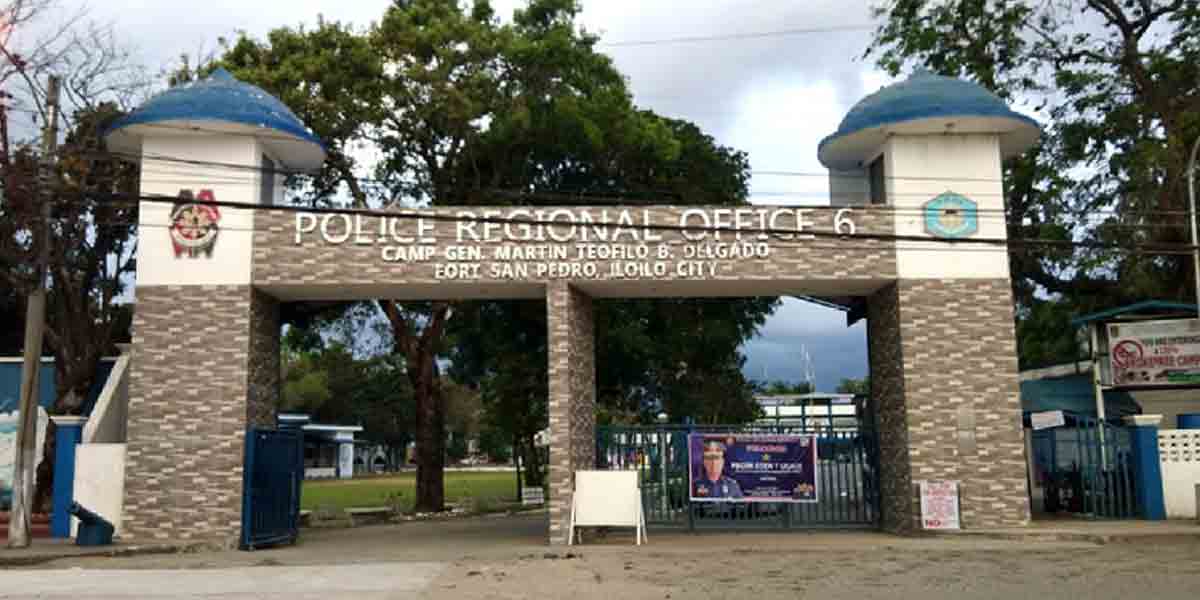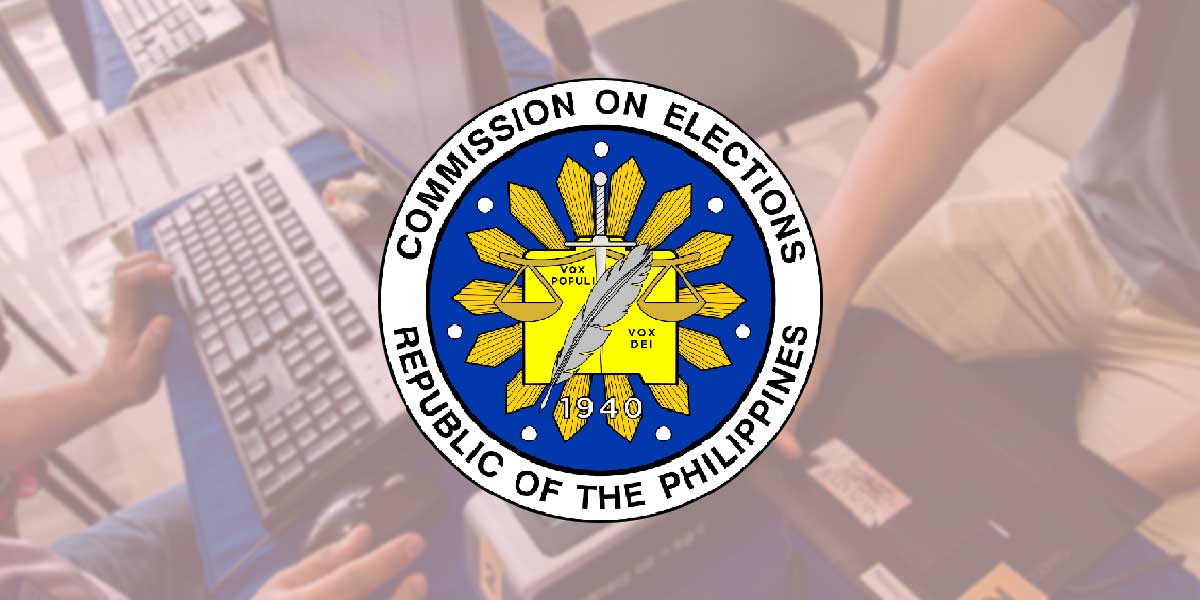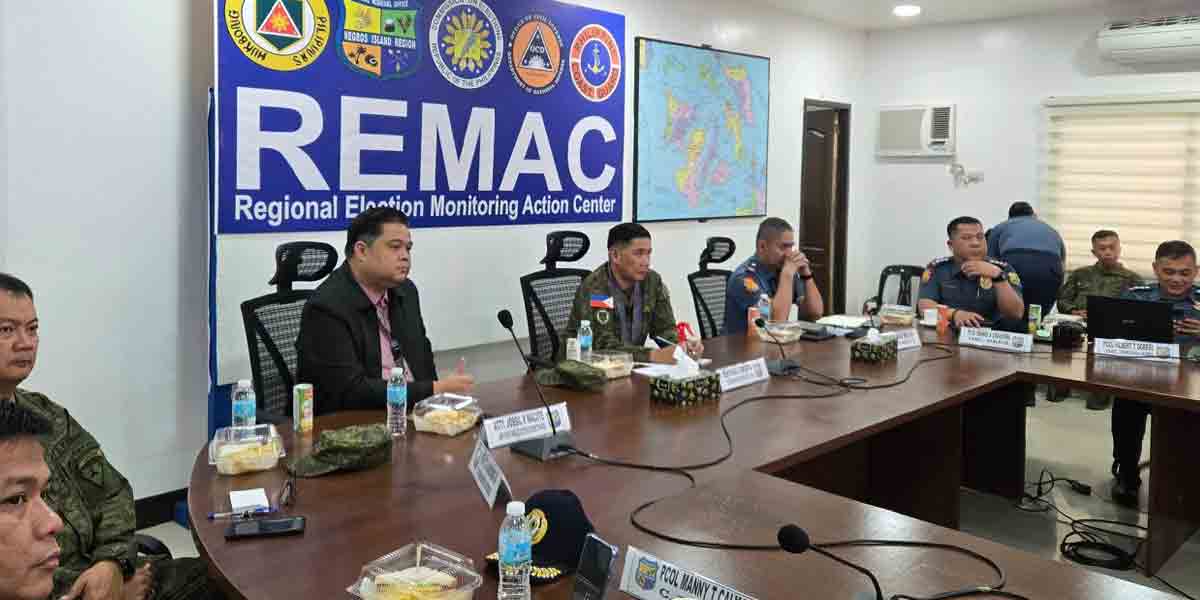By Ken Lerona
Iloilo City has come a long way in branding itself as a hub of progress. From its clean streets to its growing reputation as a vibrant destination for business and leisure, Iloilo is a model for balanced urban development. But behind this success lies a challenge that we need to address urgently—our slow adoption of digital payments, particularly through the QR Ph system.
What Is QR Ph and Why Does It Matter?
QR Ph, introduced by the Bangko Sentral ng Pilipinas (BSP), is a game-changer in financial technology. It enables quick-response (QR) code payments that are interoperable across all banks, e-wallets, and payment gateways. This means that regardless of the app or institution a consumer uses, they can transact seamlessly with any merchant equipped with QR Ph. It’s a system designed to simplify payments, promote financial inclusion, and foster a cashless economy.
Yet, despite its potential, many businesses in Iloilo remain unaware of how QR Ph works. In malls, for instance, some outlets have adopted QR codes but not the interoperable QR Ph system. I recently experienced this firsthand when a cashier at a well-known global brand in Iloilo informed me that their Manila office had not issued a directive about QR Ph interoperability. The lack of awareness among staff, coupled with incomplete rollout plans from head offices, is a missed opportunity—not just for businesses but for the city as a whole.
Lagging Adoption in Retail and Service Sectors
The challenge extends beyond malls. Retail outlets, service providers, and public transportation—key players in Iloilo’s economic landscape—are also slow to embrace QR Ph. This reluctance leaves consumers with limited options and perpetuates a reliance on cash transactions. While initiatives like the Paleng-QR Ph Plus program have encouraged cashless payments among vendors and jeepney drivers, the broader retail and service sectors, which are at the heart of Iloilo’s economy, are not keeping pace.
What’s Slowing Us Down?
This gap in adoption stems from several factors. For one, many businesses are simply unaware of the benefits QR Ph brings. Some merchants mistakenly think they need separate QR codes for different banks or apps, unaware that QR Ph eliminates this redundancy. Others hesitate due to a lack of training or technological infrastructure. On the consumer side, there’s still a deep-rooted preference for cash, fueled by habit and a lingering mistrust of digital systems.
Why It Matters for Iloilo’s Economy
The implications of this slow adoption are far-reaching. In a city like Iloilo, where commerce is thriving, digital payments could significantly boost economic efficiency. Faster transactions mean shorter lines, happier customers, and ultimately, higher sales. A shift to cashless systems also enhances transparency, reducing the risks of fraud while encouraging accountability in financial transactions.
What’s at stake here isn’t just convenience but economic growth. Iloilo is positioning itself as a city of the future, yet we’re lagging in an area that defines modern economies. The failure to fully adopt digital payments holds back not just individual businesses but the city’s broader potential to become a leader in digital innovation.
How We Can Accelerate Change
To move forward, we need a united effort from all sectors. Retailers, particularly national and global brands operating locally, must take the lead by ensuring their frontliners are educated about QR Ph and its interoperability. The banking sector and e-wallet providers, on the other hand, should expand their information campaigns, not just in Metro Manila but in secondary cities like Iloilo, where the benefits of digital payments remain underutilized.
Local government units and the BSP also have an essential role to play. By intensifying public awareness efforts and creating incentives for businesses to adopt QR Ph, they can address the gaps in understanding and infrastructure. Consumers, too, have a part in this digital shift. By choosing establishments that accept QR Ph and encouraging others to follow suit, they can help accelerate the adoption curve.
A Call for Collaboration
Iloilo has always been a city of progress—a place where tradition and innovation coexist beautifully. Digital payments, particularly QR Ph, represent the next step in that progress. It’s time we embrace it fully, not just as a convenience but as a tool for building a smarter, more inclusive economy.
With a little effort and collaboration, Iloilo can lead the way in financial innovation, proving once again that progress is more than just technology—it’s about people coming together to build a better future.


















